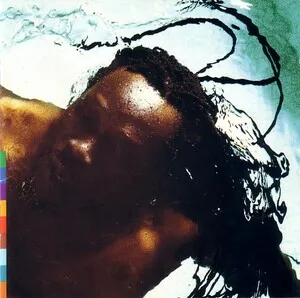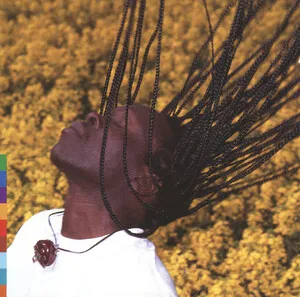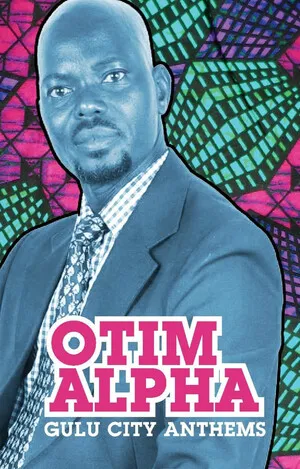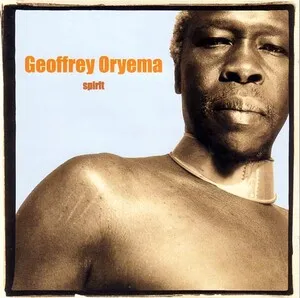Acholi music is the traditional music of the Acholi people of Northern Uganda (and neighboring South Sudan), centered on communal dancing, call-and-response singing, and rich polyrhythmic drumming.
It features distinctive social dance forms such as bwola (a royal drum dance with a powerful, processional character), larakaraka (a lively courtship dance), dingi-dingi, apiti, and otole (a warrior dance). Ensembles combine interlocking drum patterns with shakers, whistles, horns, and melodic instruments like the one‑string fiddle (rigi‑rigi/endingidi), lamellophones, and end-blown or side-blown horns (oporo). Vocals often use responsorial structures, parallel intervals, and pentatonic/hexatonic melodic contours.
Songs mark weddings, courtship, harvests, praise, mourning, and historical remembrance. Movement is integral: choreography and musical rhythm are inseparable, producing an energetic, communal, and celebratory sound that can also turn solemn and epic during ceremonial pieces.
Acholi music predates written history, developing as part of Acholi social life in Northern Uganda. Music, dance, and poetry were embedded in ceremonies—courtship (larakaraka), royal and clan occasions (bwola), harvest celebrations, and warrior rites (otole). Oral transmission ensured continuity of repertoire, drum techniques, and choreography across generations.
Missionary and colonial-era ethnographers first recorded Acholi performance arts in the late 19th and early 20th centuries. After Uganda’s independence, school and district cultural festivals began presenting regional repertoires, which helped codify well-known dances and spread them across the country.
Decades of conflict in Northern Uganda disrupted cultural life, but Acholi musical traditions persisted in villages, internally displaced persons’ camps, and church/community events. Music served as social glue and a vehicle for remembrance, healing, and education. Diaspora artists drew on Acholi roots, introducing elements to global audiences.
World-music circuits helped highlight Acholi voices internationally, while local and diaspora musicians fused Acholi rhythms and song forms with guitar bands, pop, and gospel. In the 2010s, producers reimagined wedding-dance repertoires with electronic tools, catalyzing the club-ready style known as acholitronix—retaining polyrhythms, whistle calls, and call-and-response hooks while using modern DAWs, drum machines, and samplers.
Despite modern fusions, community troupes, elders, and cultural institutions continue to teach drum patterns, song texts, and choreography, ensuring that core Acholi aesthetics—collective participation, groove-based drumming, and socially meaningful texts—remain vital.








